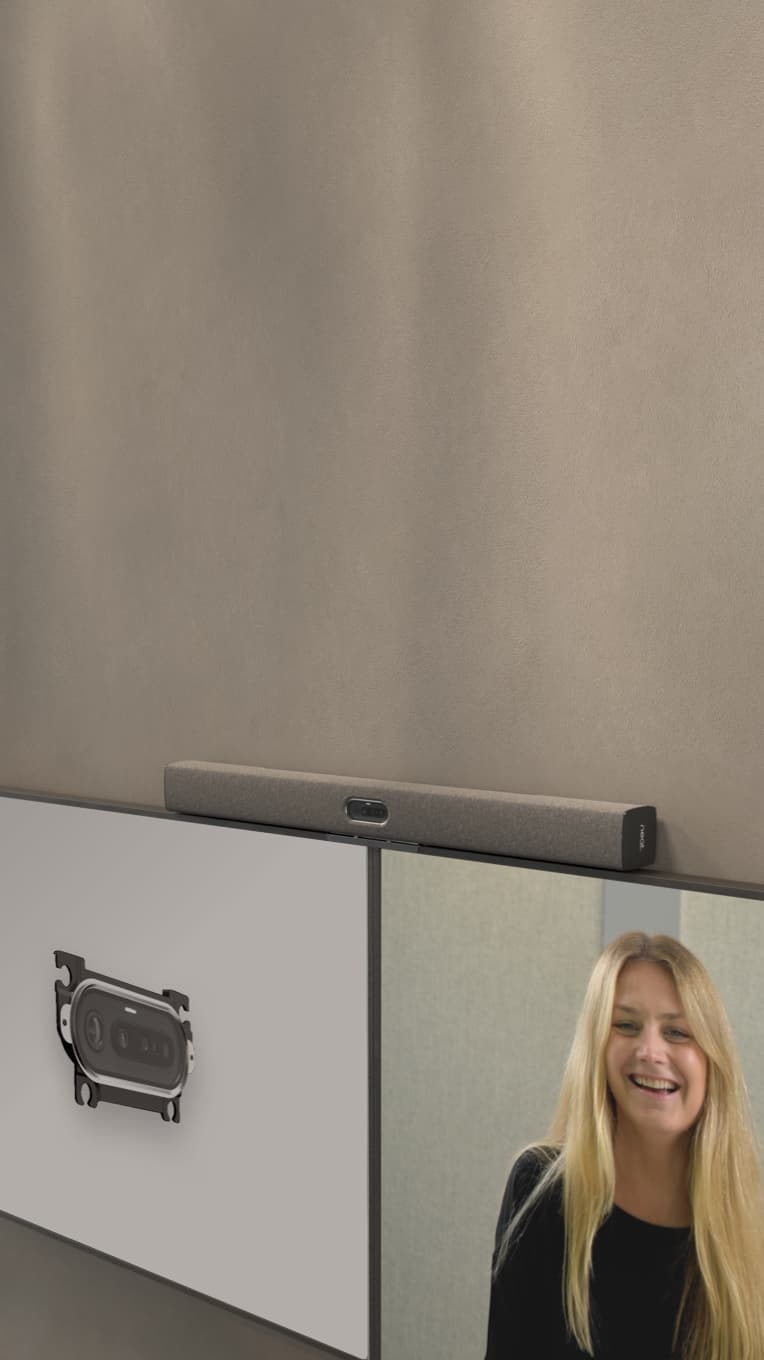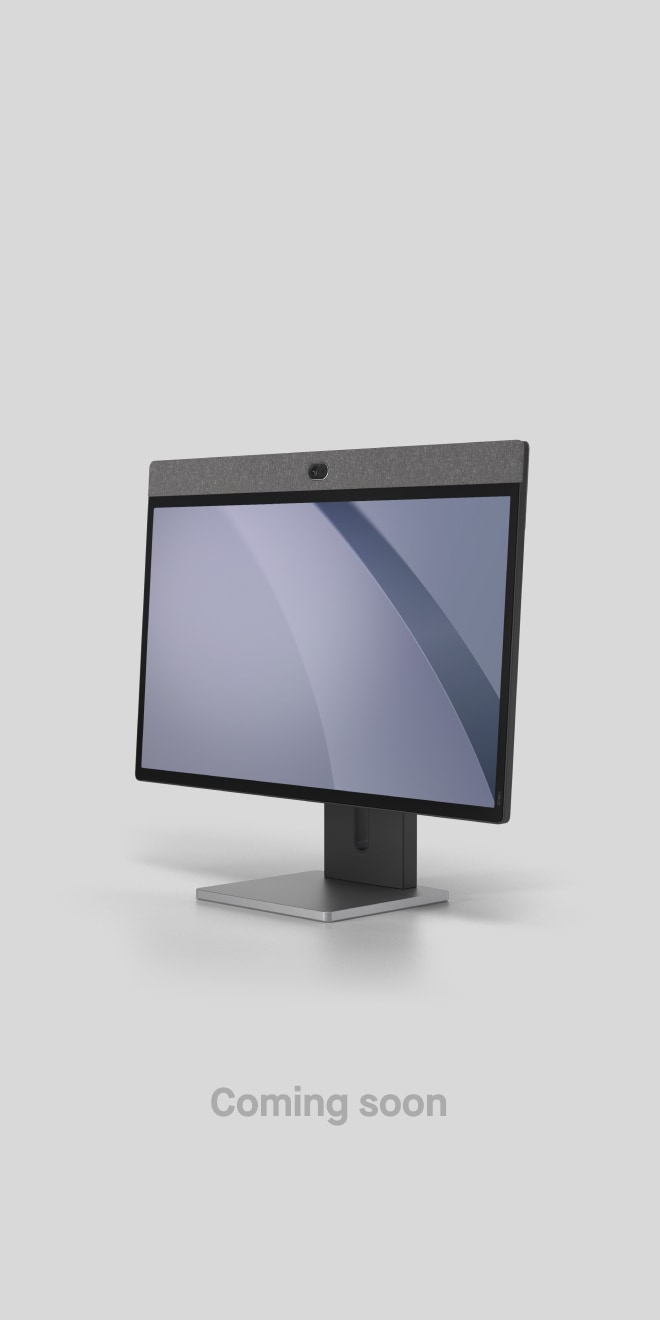7 Ways to Manage Stress While Working From Home
Neat, Aug 5, 2022

You may have been under the impression that working from home would be a stress-free existence, but then reality hits: sure, there’s no commute, but that lack of balance and boundaries is rough. In fact, for some people, the work from home lifestyle is even more stressful than going to the office.
Have no fear, because we’re sharing some expert tips to help you manage stress and actually enjoy working from home again.
Key Takeaways
- Working from home can be just as stressful as working at the office, but for different reasons.
- Trying to mimic the experience of working in an office can help reduce some of the stressors of working from home.
- Getting exercise, planning your day, maintaining a sense of professionalism, taking breaks, setting boundaries, using paid time off, and staying connected with peers are all ways to make remote work less stressful.
- Lack of routine and boundaries, feelings of isolation, and an abundance of distractions all contribute to remote work stress.
How to manage stress working from home
Let’s dig into how to not stress about work at home.
1. Get some exercise
If you have an old pedometer sitting around the house, try wearing it on a typical day working from home. You’re likely to be shocked by how little movement you’re getting. When you’re not even walking from your car to your office, or to the lunchroom from your desk—and when you’re engrossed in your work—you might be getting just a few hundred steps in by the time dinner rolls around.
Needless to say, this isn’t good. Exercise is a proven stress-reliever, so you should aim to get at least as much movement in your day as you did before you worked from home, if not even more. This will probably take some deliberate effort on your part, but there are plenty of ways to sneak in some exercise, even if you only have a few minutes.
Set a daily step goal for yourself, and take regular walking breaks throughout the day to hit it. Or, try doing some simple exercises in your office space, like stretching, yoga, or pilates. Exercise is one of the best methods of work from home stress relief.
Oh, and if you use Neat, you’ll be able to move around freely in your home office while you’re video conferencing. Getting those steps in while your whole afternoon is spent in back-to-back meetings? Now that’s a multitasking win.
move around the room – it’s desk liberation!
2. Plan your day
One of the stressors of working from home is all the distractions you face. You might tell yourself you’re just going to take a few minutes to start a load of laundry and do the dishes, but suddenly it’s two hours later and your instant messages are full of coworkers wondering where you are. Gulp.
Or maybe the fact that you don’t have Traci from sales peering into your cubicle every time she walks to the break room makes it hard for you to resist the siren song of your favorite subreddits and celebrity gossip websites. Before you know it, you’ve spent half the day doing absolutely nothing of use. Double gulp.
If you have trouble focusing and staying on task, try using productivity or task management apps to help you plan your day. Establishing a work routine and sticking to it is the kind of thing that sounds obvious and unhelpful, but the more you stick to your routine, the easier it will be. Habits don’t stick until we create that muscle memory.
Another way to stay on task is to use the Pomodoro method. This is a time management technique that has you work for 25 minutes and then take a 5-minute break. After four “pomodoros,” or cycles, you take a longer break of 20-30 minutes. You can even find Pomodoro timers online.
The theory behind this method is that by breaking up your work into smaller chunks, you’re less likely to get overwhelmed and stressed out. If you find that you can’t focus for 25 minutes at a time, start with smaller chunks of time and work your way up.
3. Don’t abandon your professionalism
Create a designated workspace in your home that’s free from distractions and get dressed every day. You don’t have to wear a suit and tie, or even business casual, but don’t laze around in sweats or pajamas.
It may sound counter-intuitive, but having a sense of professionalism and decorum can actually reduce the stress you feel, as it’s an important part of setting work/life boundaries. When you’re wearing yoga pants and working from your bed, what’s the difference between that and your time off of work when you’re wearing yoga pants and watching Netflix in bed? (Sure, Netflix is miles more entertaining than TPS reports, but you get the drift.)
With Neat Symmetry, you can get up and move around the room freely—and people will see your outfit from head-to-toe, so your favorite pair of cat pajamas just won’t cut it. Neat Frame is an all-in-one, portable device that allows users to meet while looking and sounding their best, with a superior camera and audio processing that’s as close as it gets to speaking in person.
4. Take breaks throughout the day
In a normal office setting, you’d be taking breaks for small talk or to run to the break room to grab a donut, so take breaks at home, too. Get up and move around, take a quick walk outside, or chat with a work friend on the phone to catch up on all the office gossip you’ve been missing out on. (What is Traci’s deal, anyway?)
It’s important to give your mind a break from work so you can come back refreshed and ready to focus, but make sure those breaks are meaningful and don’t simply involve switching from your laptop screen to your phone screen.
5. Clock out
Having all of your work materials at home makes it hard to resist wanting to “catch up” a bit on evenings and weekends. It’s one thing to do this if you’re returning from vacation and have a backlog of emails to slog through, but if you’re like most people, there’s really no such thing as “catching up”—you’re never simply done with work.
And this means if you don’t have set work hours, you might find yourself never really clocking out. Despite the fact you have a legal ‘right to disconnect’.
Set clear work hours each day. Then stick to them. No working ahead, no catching up. You wouldn’t spend 14 hours a day at the office working, so you shouldn’t work those kinds of hours at home either. Just because you can doesn’t mean you should!
6. Use your paid time off
Related to this last point: use your paid time off! It’s tempting to hoard your PTO when you can work from bed when you’re sick or send out emails from your hotel room before going out sightseeing, but this is a recipe for burnout.
Take time off just like you would if you worked in an office, and don’t work on those days off. (That goes for holidays, too.) Enjoy your time off of work so you can refresh and recharge.
7. Stay connected with your peers
Working from home can be isolating, even if you’re working from home with a spouse in the next room, kids in the home, or your cat Mr. Whiskers by your side. (Who’s the best kitty? Mr. Whiskers is the best kitty!)
Coworkers become your comrades and friends over time, and staying connected with them is important. But you want to stay connected in a way that feels organic and natural—and traditional video conferencing can be anything but organic and natural.
Well, that’s why we created Neat. We take the stress out of video conferencing and make it feel like you’re back in the office—but in a good way.
Neat Boundary lets you set a virtual width and depth to define your meeting space, so no one can see that you’re sharing your workspace with your 6-month-old while he chills in his playpen. Then, to make conversations as natural as possible, Neat Audio uses state-of-the-art technology to ensure that dialogue is crisp and clear, instead of muffled or clipped, while reducing distracting noises to keep the conversation going smoothly.
And did we mention that setup is practically effortless? Because that too.
Common causes of work from home stress
While we’ve hit on some of the remedies for remote work stress above, here’s a quick summary of what creates the stress of working from home:
No routine
It can be hard to maintain a healthy work/life balance when you don’t have set working hours or a designated workspace. You know how young children lose their minds when they don’t have structure? Adults are kind of the same way, except instead of temper tantrums, they’re likely to feel a generalized sense of anxiety and discontent. (Although sometimes temper tantrums, too.)
No boundaries
When you work from home, it can be hard to turn off work mode. You might find yourself working in the evenings and on weekends, or even while you’re on vacation. This can lead to burnout, as you’re never really getting a break. And when you don’t set boundaries, your coworkers will treat you like you’re on call 24/7.
Isolation
Working from home can be lonely, as you don’t have the opportunity to interact with co-workers throughout the day. This can lead to feelings of isolation and disconnectedness. In addition to feeling isolated, working from home can also lead to a lack of human interaction. You might not see another person for days at a time, which can take a toll on your mental health.
Distractions
When you know no one’s looking over your shoulder to see what you’re doing, it’s hard to resist distractions. Whether it’s checking social media, ducking out to run errands or do chores, or simply watching TV, working from home can make it hard to stay focused on work.
Learn more
If you’d like to learn more about Neat devices and how they can improve your experience working from home, browse our products, read more about our experiences, and see how Neat is revolutionizing workspaces.
References:
Exercise and stress: Get moving to manage stress. Mayo Clinic.
10 productivity apps that could transform the way you work. ZD Net.
An online Pomodoro Timer to boost your productivity. Pomofocus.io.






